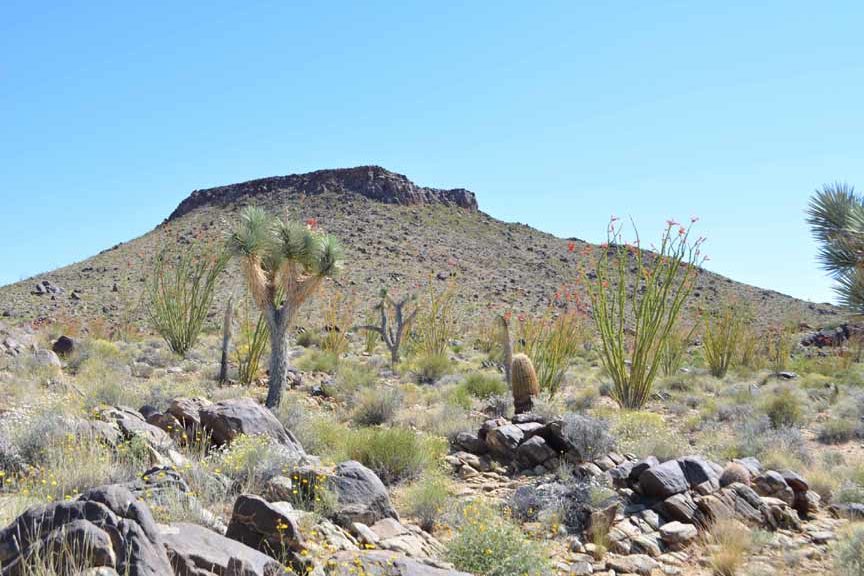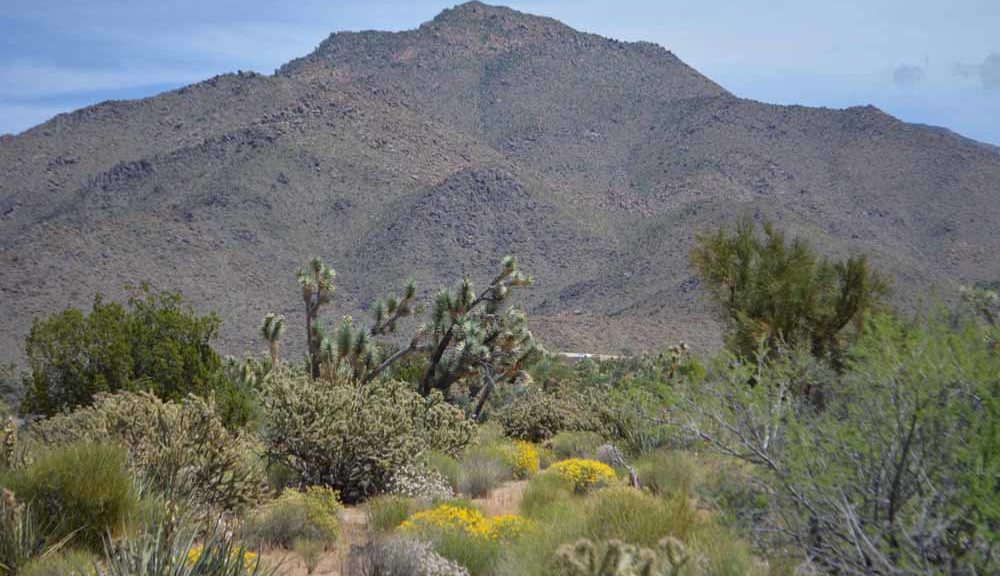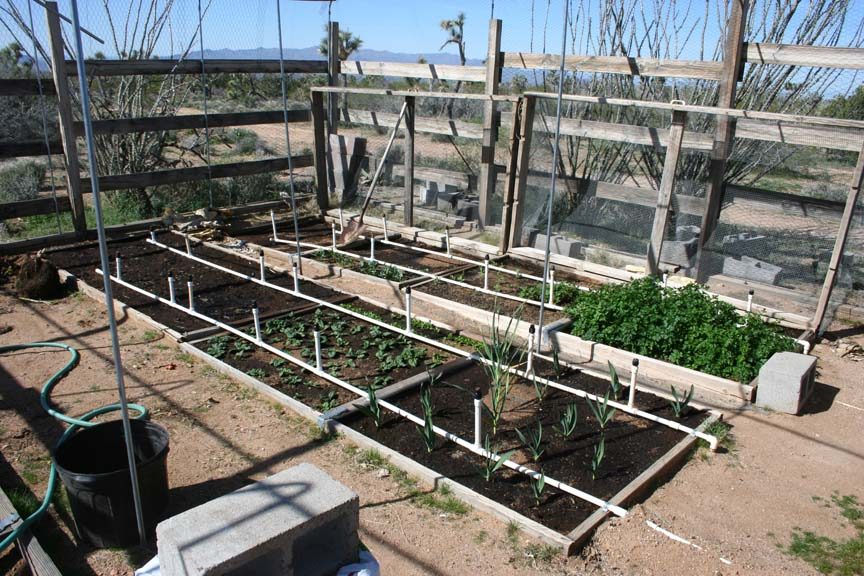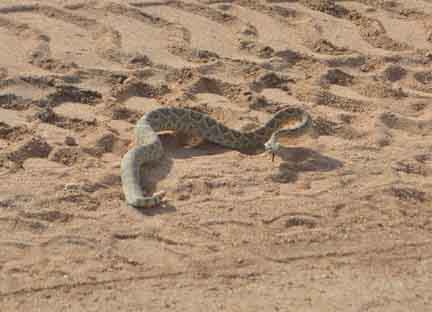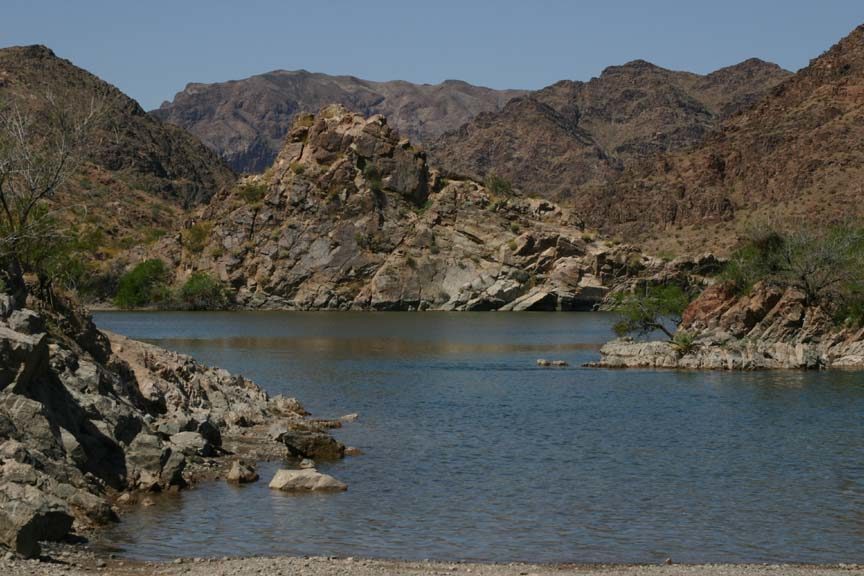Best wishes to you and yours. Happy Thanksgiving!
All About Gourds
Good Gourd! What’s with the bumpy, weird-looking decorative squash? We get many questions about growing and curing our gourds. (Did you know that the luffa sponge is a gourd?) Discover the world of “gourdgeous” gourds.
WHAT ARE GOURDS?
Gourds are among the oldest cultivated plants. They were the early water bottles of the Egyptians, and have been used for utensils, storage containers, and dippers for centuries. Botanically speaking, there’s really no difference between gourds, squash, and pumpkins. They all belong to the family Cucurbitaceae. And they’re all frost-tender. But gourds are the common name for hard-shelled, non-edible cucurbit fruits suitable for decorative ornaments or utensils. Some of the squashes and pumpkins are ornamental, too, but they are soft-shelled so they won’t lat as long.
TYPES OF GOURDS
Goards come in so many shapes and colors. There three general types of gourds: Cucurbita pepo are the cute, colorful little ornamental gourds that make good decorations. They are closely related to pumpkins, summer squashes, and some winter squashes such as acorn and delicata. An American native, Cucurbita types come in unusual shapes and textures: smooth, warty, plain, patterned, ridged, striped. There are also many shape and color variations including: the apple, pear, bell, egg, bicolor, or orange. Fruits are not usually useful more than one season.
Source: Gourds: Types of Gourds, Growing Gourds, Curing Gourds | Old Farmer’s Almanac
Frequent Visitors
Lately, we’ve had a visiting Golden Eagle. They really are striking, and often mistaken for the slight smaller red-tailed hawk. The flash of white seen in flight lets you know that it’s an eagle.

Real Estate Update October 2019
The weather has cooled from summer heat to a pleasant time of year, and even some nights are chilly.
Meanwhile, the phones are ringing again after the briefest of lulls this year. There are still quite a few good values at Stagecoach Trails, and around Yucca, but they are selling.
We typically see a slowdown in August and September particularly in the more modest price ranges, as the kids are back in school, and the snowbirds are yet to arrive. With all of the cold up north, it won’t be long…
Mortgage Rates Drop Once Again
Mortgage rates fell yet again on a weekly basis thanks to the declining yield on Treasury notes. The 30-year fixed-rate mortgage averaged 3.57% during the week ending Oct. 10, down 8 basis points from the previous week, Freddie Mac reported Thursday.
This is a stark change from a year ago when the 30-year fixed-rate mortgage averaged 4.90% The 15-year fixed-rate mortgage dipped 9 basis points to an average of 3.05%, according to Freddie Mac. The 5/1 adjustable-rate mortgage averaged 3.35%, down 3 basis points from a week ago.
Source: Mortgage Rates Drop Once Again—Sparking More Interest in Loan Refinancing | realtor.com®
New-Home Sales Up 7.1% in August, Near 12-Year High
The numbers: Sales of newly-constructed homes in the U.S. increased 7.1% on a monthly basis in August to a seasonally-adjusted annual rate of 713,000, the government reported Wednesday.
That’s up from a revised rate of 666,000 in July, and is just shy of the 12-year high set in June. Compared with August 2018, new-home sales were up 18%.
Because of the small sample size used to produce the new-home sales figures, the report is fairly volatile and prone to large revisions. For instance, the pace of new-home sales in June was later revised to 729,000 after an initial reading of 646,000.
Source: New-Home Sales Rebounded 7.1% in August, Flirting Again With a 12-Year High | realtor.com®
Real Estate Update September 2019
It’s been an unusually busy summer in Mohave County, with brisk activity in the cities, and even renewed activity in the land market such as Yucca and Golden Valley.
While we’re not selling raw land like hotcakes, we are at least seeing more interest. The sales unfortunately seem to belong mostly to the under-priced and those with either power, septic, or even a basic structure such as a shed.
The weather has cooled (it’s in the 60s today!) As the weather becomes cold up north, but pleasant here, we expect quite a bit more activity as we move into fall and into the first quarter of next year.
Pending home sales jumped nationally in August, perhaps as many buyers took advantage of today’s historically low interest rates.

I believe that all of the long term dynamics of Arizona and Mohave County will continue to drive more residents to this area. Those dynamics being: low taxes, lower housing costs, good quality of life, and rural yet near Las Vegas, Phoenix, and Southern California.
The Surprising Benefits of Gardening in Retirement
Each autumn, the fruits of the harvest fill the shelves of local groceries and farmers markets, a colorful reminder of the many nutritional benefits of fresh produce. But growing produce offers equally sustaining, though perhaps less visible, benefits.
Beyond reduced grocery expenses, gardening offers many positive effects financially. A garden may be a good way to improve property value, for example, says David Ellis, director of communications for the American Horticultural Society and editor of its magazine, The American Gardener. But most people garden because they enjoy it, he says. “They grow vegetables and improve their own nutrition,” says Ellis, “and they grow flowers, which they give away and spread joy.”
A form of light exercise, gardening can be a great way to stay active. The exercise involved varies, depending on the task, and seniors should be careful not to overexert themselves, Ellis says.
Spending time outdoors has been linked with improved mental health. Recent studies have shown that the quantity of nearby green space buffers life stresses across ages. Gardening may lower cortisol levels in your brain, and in turn reduce stress levels, according to a study in the Journal of Health Psychology.
Gardening may also lower the risk of dementia by as much as 36%, according to a study conducted in 2010 in Australia. For this reason, horticultural therapy is a growing area proving helpful for seniors with dementia, says Ellis. With this form of active therapy, people are led through gardening tasks and see the results, often making use of fragrant herbs that stimulate memory, he says. “It has become a great tool,” says Ellis.
Mortgage Market Reopens to Risky Borrowers
Whenever the lenders get easier, and especially when they start loaning on vacant land, you know we’re in “bubble time.”
===============================
The risky mortgage is making a comeback.
More than a decade after home loans triggered the worst financial crisis in a generation, the strict lending requirements put in place during its aftermath are starting to erode. Home buyers with low credit scores or high debt levels as well as those lacking traditional employment are finding it easier to get credit.
The loans have been rebranded. Largely gone are the monikers subprime and Alt-A, a type of mortgage that earned the nickname “liar loan” because so many borrowers faked their income and assets. Now they are called non-qualified, or non-QM, because they don’t comply with postcrisis standards set by the Consumer Financial Protection Bureau for preventing borrowers from getting loans they can’t afford.
Borrowers took out $45 billion of these unconventional loans in 2018, the most in a decade, and origination is on track to rise again in 2019, according to Inside Mortgage Finance, an industry research group. Such mortgages aren’t guaranteed by government agencies and typically charge higher interest rates than conventional loans.
Source: Mortgage Market Reopens to Risky Borrowers | realtor.com®

Colorado River water: Arizona, Nevada and Mexico face first-ever cuts
Arizona, Nevada and Mexico will be required to take less water from the Colorado River for the first time next year under a set of agreements that aim to keep enough water in Lake Mead to reduce the risk of a crash.
The federal Bureau of Reclamation activated the mandatory reductions in water deliveries on Thursday when it released projections showing that as of Jan. 1, the level of Lake Mead will sit just below a threshold that triggers the cuts.
Arizona and Nevada agreed to leave a portion of their water allotments in the reservoir under a landmark deal with California called the Lower Basin Drought Contingency Plan, which the states’ representatives signed at Hoover Dam in May.
Source: Colorado River water: Arizona, Nevada and Mexico face first-ever cuts

